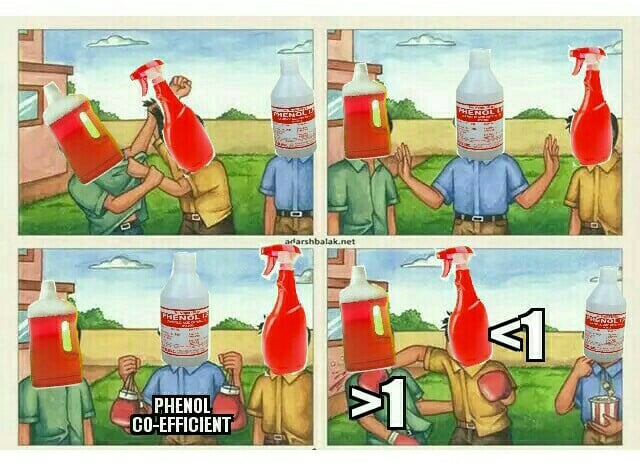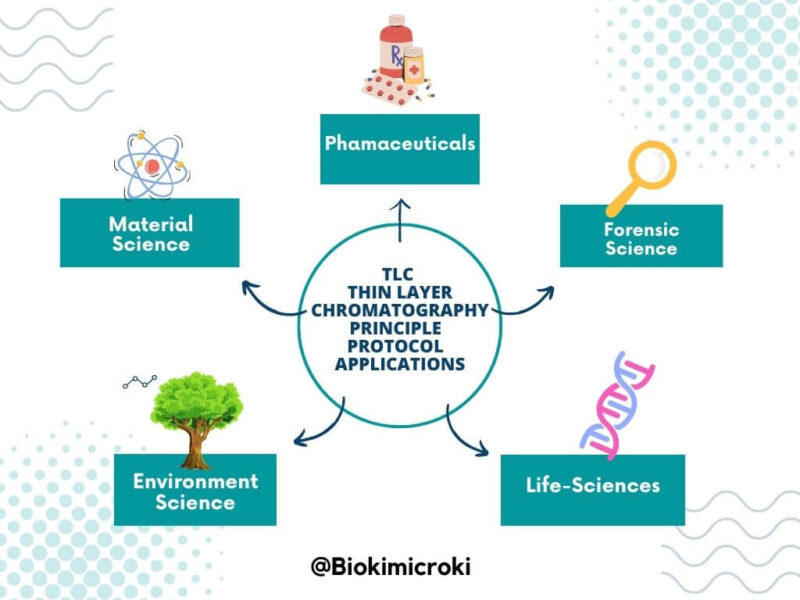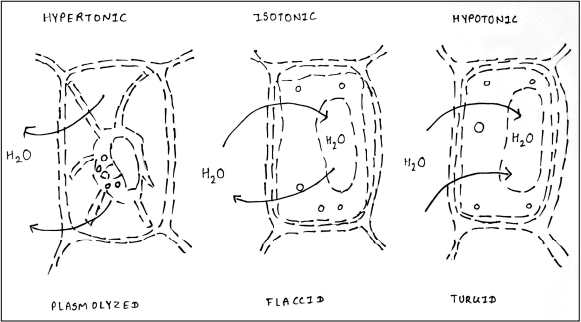Determining the Phenol Coefficient of Test Disinfectant
Phenol coefficient test is one of the methods used to estimate the disinfecting power of any disinfectant.
Introduction to Phenol Coefficient Test:
In phenol co-efficient method, we test the efficiency of chemical disinfectants.Disinfectant is an agent that inhibits or kills disease causing microorganisms. Disinfectant can be physical (heat or radiation) or chemical.
The efficiency of any disinfectant could be tested at two levels. The first one is how many microorganisms it can kill, and second one is how fast it can kill. In this way, the disinfectants are tested by observing how many microorganisms are being killed in given time.
In phenol co-efficient method, the test disinfectant is compared with phenol efficiency and indicated by it’s co-efficient. Phenol is a 6 carbon aromatic organic compound containing hydroxyl group. Phenol is known to kill or inactivate microbes by inhibiting microbial enzymes and shutting down the biochemical and molecular pathways. This eventually leads to the death of the microorganism. Phenol is also known to disrupt cytoplasmic membrane and leading to leakage of cellular content.
Surgeon Joseph Lister used phenol as disinfectant for the first time while operating his patient to avoid the infection. In 1903, Rideal and Walker developed the phenol co-efficient protocol to test the efficiency of diverse chemical disinfectants with that of the phenol. And hence, this test is also known by Rideal and Walker method.
Principle:
The antimicrobial activity of test disinfectant is determined by dividing the highest dilution of the chemical being tested that destroyed the microorganisms in 10 minutes but not in 5 minutes by the highest dilution of phenol that destroyed the microorganisms in 10 minutes but not in 5 minutes. When phenol co-efficient of test disinfectant is equal to 1, then it means that the test disinfectant efficiency is equivalent to phenol. When phenol co-efficient is more than 1, it means the test disinfectant is better than phenol. However, if it is less than one, then it indicates that the test disinfectant is inefficient than phenol. Hence, the value 1 or less than 1 or more than 1, indicates the efficiency of disinfectant with respect to phenol.
Requirements:
- Phenol
- Test Disinfectant
- Gram positive bacteria – S.aureus
- Nutrient broth
Procedure:
- Standard Phenol: The stock solution (5 percent w/v) of phenol is prepared. It is prepared by adding 5 gm of phenol in 100 ml of sterile distil water. From this stock solution, test dilutions are prepared of 1/95, 1/100, 1/105, 1/110, 1/115. it means one part of phenol in 95, 100,105, 110 or 115 parts of water respectively.
- Test Disinfectant dilution: The test disinfectant is diluted in dilution of 1/1000, 1100, 1200, 1300 and 1400.
- 5 ml of these dilutions of phenol and disinfectant are dispensed in different test tubes.
- Then 0.2 ml of 24 hours incubated S.aureus are inoculated in all the dilution test tubes. Note the time of your inoculation.
- Stir the test tube, so that S.aureus come into the contact of the disinfectant.
- After the interval of 5, 10 and 15 minutes, transfer the loopful of culture from all different dilution of disinfectant in which S.aureus is inoculated to Nutrient broth.
- Incubate the test tubes for 48 hours at 37 C.
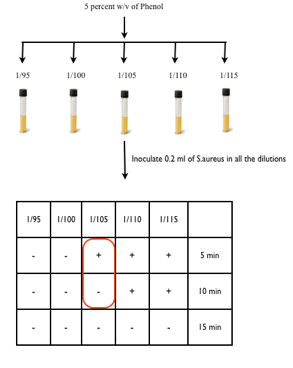
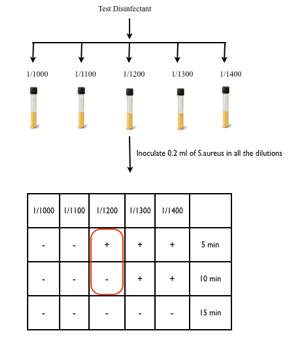
Results:

Phenol Co-efficient for given disinfectant = 1200/105 = 11.42
Conclusion: The test Disinfectant is 11.42 times better then phenol.
Need more help? Click here.
If you liked this resource, please Like, Share, and Subscribe us for more content.
